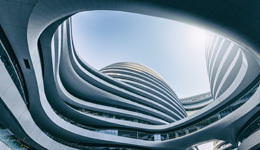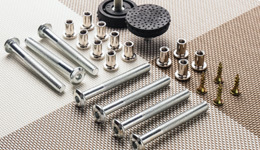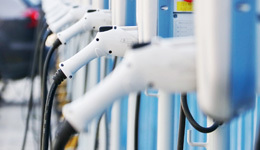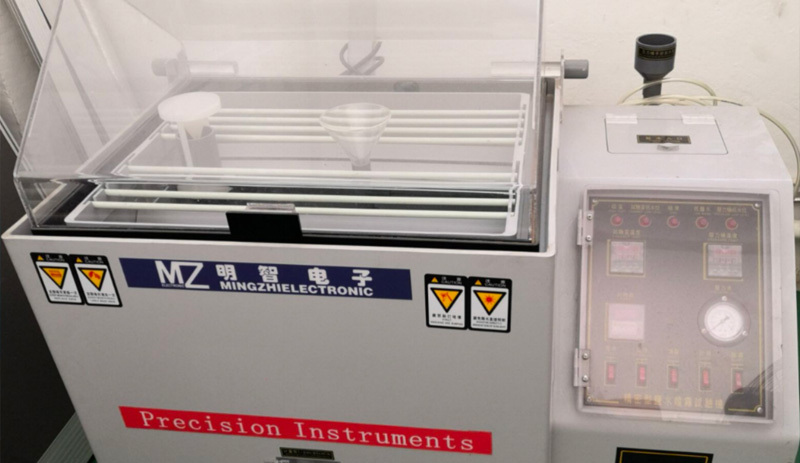Plastic mold material science popular ABS details Characteristics and methods of use
Release time:
2025-02-12
ABS ( Acrylonitrile - Butadiene - Styrene) commonly known as super unbreakable adhesive, is a high-strength modified PS, by the acrylonitrile, butadiene and styrene three groups of elements in a certain ratio copolymerization.
Ternary structure of the ABS both components of a variety of inherent characteristics: acrylonitrile can make products with high strength and surface hardness, improve chemical resistance and heat resistance; butadiene so that the polymer has a certain degree of flexibility, so that the parts have a certain degree of toughness and elasticity at low temperatures, high impact strength and is not easy to brittle; styrene so that the molecular chain to maintain the rigidity of the material is hard, with a glossy finish, retaining a good electrical performance and thermal fluidity, easy to process molding and dyeing.
ABS is light ivory in color, opaque, non-toxic and odorless, and is an amorphous plastic. Viscosity is moderate, its melt fluidity and temperature, pressure are related, of which the influence of pressure is greater.
ABS resin is a slow-burning material, burning flame is yellow, black smoke, special odor, in the continued combustion will not melt and drip.
The main advantages:
1. Comprehensive performance is relatively good: high mechanical strength; impact resistance, low temperature will not drop rapidly; notch sensitivity is better; creep resistance is good, the temperature will not drop rapidly; have a certain degree of surface hardness, anti-scratch; good abrasion resistance, low coefficient of friction;
2. Good electrical properties, little affected by changes in temperature, humidity and frequency;
3. Low temperature resistance up to -40℃;
4. Resistant to acid, alkali, salt, oil and water;
5. Can be used to paint, printing, plating and other methods of surface decoration of products;
6. Smaller shrinkage, wider range of molding process.
Main disadvantages:
1. not resistant to organic solvents, it will be dissolved and also dissolved by polar solvents;
2. poor weather resistance, especially bad UV resistance;
3. heat resistance is not good enough. The heat distortion temperature of ordinary ABS is only 95℃~98℃.
Modification of ABS
ABS can be blended with many other thermoplastics or thermoplastics to improve the processing and performance of these plastics.
Such as ABS added to PVC, can improve its impact toughness, flame resistance, aging and cold resistance, and improve its processing performance; ABS and PC co-mingled to improve the impact strength and heat resistance; methyl methacrylate instead of acrylonitrile component of ABS can be produced MBS plastic, which is usually referred to as transparent ABS. In summary, ABS is a class of engineering plastics is more desirable for the industries widely used. Industries are widely used. Aviation, shipbuilding, machinery, electrical, textile, automotive, construction and other manufacturing industries will ABS as the first choice of non-metallic materials.
Content from the network, if there is any problem, please contact this site to delete.
Focus on hot spots














